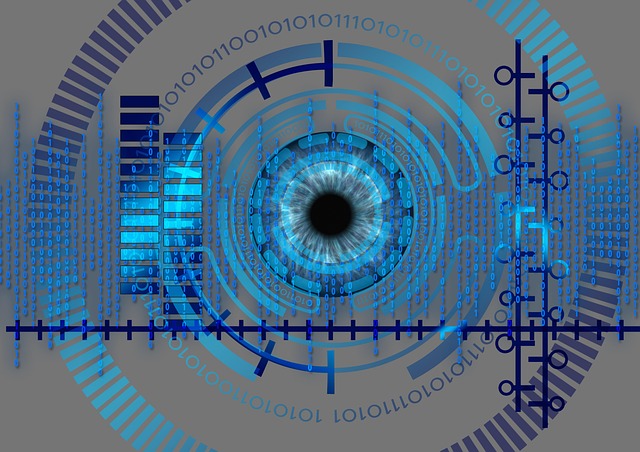PET scans for nervous system disorders offer advanced brain imaging to diagnose and differentiate strokes from other conditions by tracking metabolic activity and blood flow, enabling accurate diagnosis, personalized treatment planning, and improved patient outcomes.
Medical imaging plays a pivotal role in stroke diagnosis, offering crucial insights into brain structures and functions. This article delves into the advanced imaging techniques that have transformed stroke care. From revealing signature changes in CT scans to mapping nervous system disruptions with PET scans, each technology contributes uniquely. Early detection through imaging enhances survival rates, while integrated data analysis enables accurate stroke diagnosis. Understanding these tools is essential for healthcare professionals aiming to navigate and manage this complex condition effectively.
Unveiling Stroke's Signature: Advanced Imaging Techniques
Advanced medical imaging techniques play a pivotal role in unraveling the intricate mysteries of stroke, offering doctors a signature to pinpoint its presence and severity. One such powerful tool is the Positron Emission Tomography (PET) scan, specifically tailored for nervous system disorders. This innovative technology visualizes metabolic activity within the brain, helping healthcare professionals identify areas affected by stroke and differentiate it from other conditions.
By tracking specific molecular pathways, PET scans can reveal ischemic or hemorrhagic lesions caused by stroke, providing critical insights for diagnosis and treatment planning. The ability to detect subtle changes in brain function and structure allows for more accurate assessments, especially in cases where symptoms are ambiguous. This advanced imaging approach has revolutionized the way we understand and combat stroke, paving the way for personalized and effective patient care.
PET Scan: Mapping Nervous System Disruptions
A PET (Positron Emission Tomography) scan is a powerful tool in stroke diagnosis, as it provides detailed images of the body’s metabolic activity. When used to assess nervous system disorders, this non-invasive technique offers unprecedented insight into brain function and structure. By tracking tracers that highlight specific biological processes, PET scans can identify areas of the brain experiencing reduced blood flow or metabolism—crucial indicators of stroke or its aftermath.
These scans are particularly valuable in mapping disruptions within the nervous system, allowing healthcare professionals to pinpoint affected regions and assess their extent. This information is vital for accurate diagnosis, treatment planning, and understanding the patient’s prognosis. Moreover, PET scans can aid in distinguishing between different types of strokes, which is essential for tailoring medical interventions effectively.
Early Detection: Enhancing Survival Rates with Imaging
Early detection plays a pivotal role in enhancing survival rates for stroke patients, and medical imaging techniques are at the forefront of this life-saving process. Technologies such as PET (Positron Emission Tomography) scans are invaluable tools for neurologists when assessing patients with suspected nervous system disorders, including stroke. A PET scan for nervous system disorders provides detailed images of brain activity, allowing healthcare professionals to identify areas affected by reduced blood flow or ischemia—a key indicator of stroke.
By enabling early and precise detection, these advanced imaging methods facilitate faster treatment initiation, which is crucial as time is a critical factor in stroke management. This timely intervention can significantly reduce long-term disability risks and improve overall patient outcomes. Thus, the integration of PET scans and other medical imaging technologies into stroke diagnosis routines has proven to be a game-changer in neurology, offering hope for better recovery and survival rates.
Beyond Scans: Integrating Data for Accurate Diagnosis
Beyond the traditional CT and MRI scans, medical imaging plays a pivotal role in stroke diagnosis through advanced techniques like PET (Positron Emission Tomography) scans for nervous system disorders. This non-invasive imaging method offers valuable insights by tracking metabolic activity and blood flow within the brain, helping healthcare professionals differentiate between ischemic and hemorrhagic strokes.
Integrating data from various imaging modalities enhances diagnostic accuracy. For instance, combining PET scan findings with structural MRI can provide a comprehensive understanding of the stroke’s location, extent, and underlying causes. This multi-modality approach allows for personalized treatment planning, ensuring that doctors can offer the most effective interventions to reduce patient risk and improve outcomes.
Medical imaging plays an indispensable role in stroke diagnosis, offering advanced techniques like PET scans that map nervous system disruptions. By enabling early detection, these tools enhance survival rates and highlight the crucial integration of data from various imaging modalities for accurate stroke identification. A comprehensive approach to stroke care relies on leveraging these technologies to provide timely and effective treatments.
